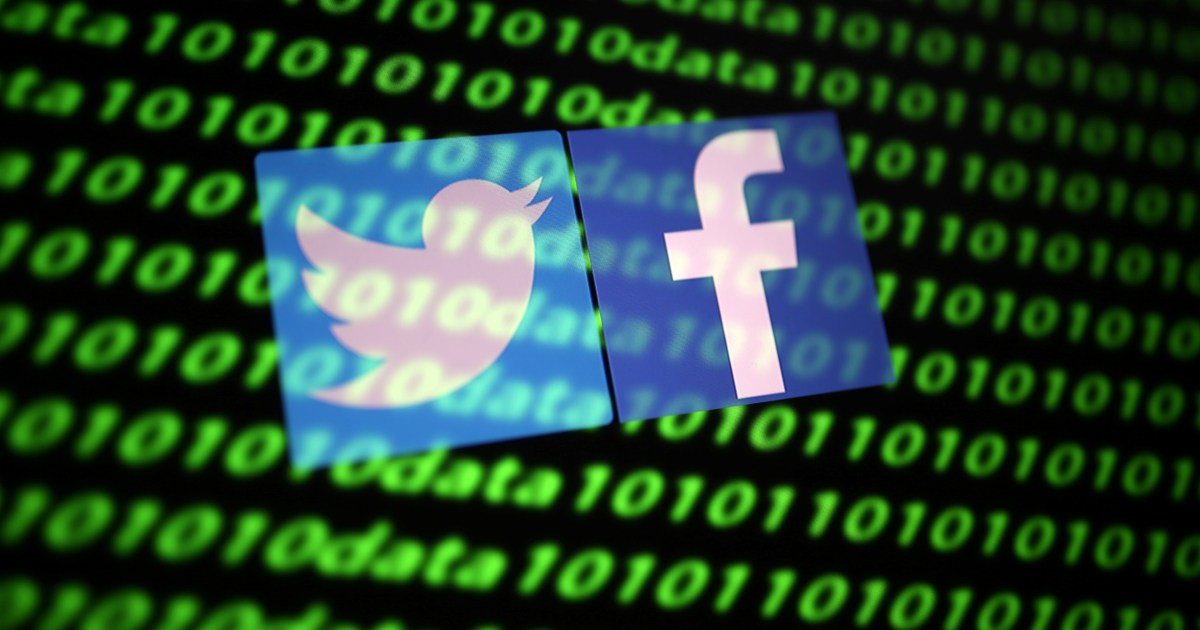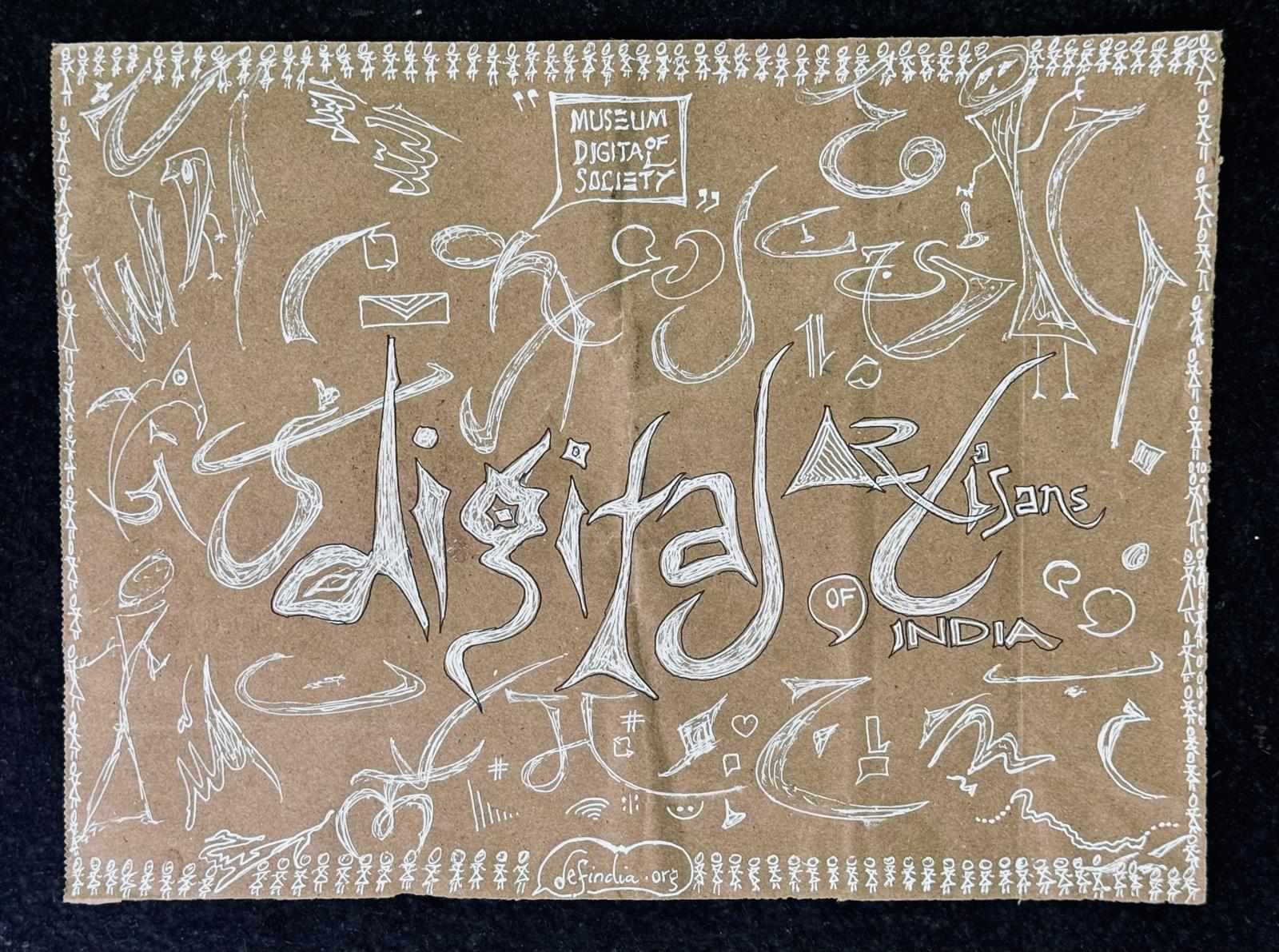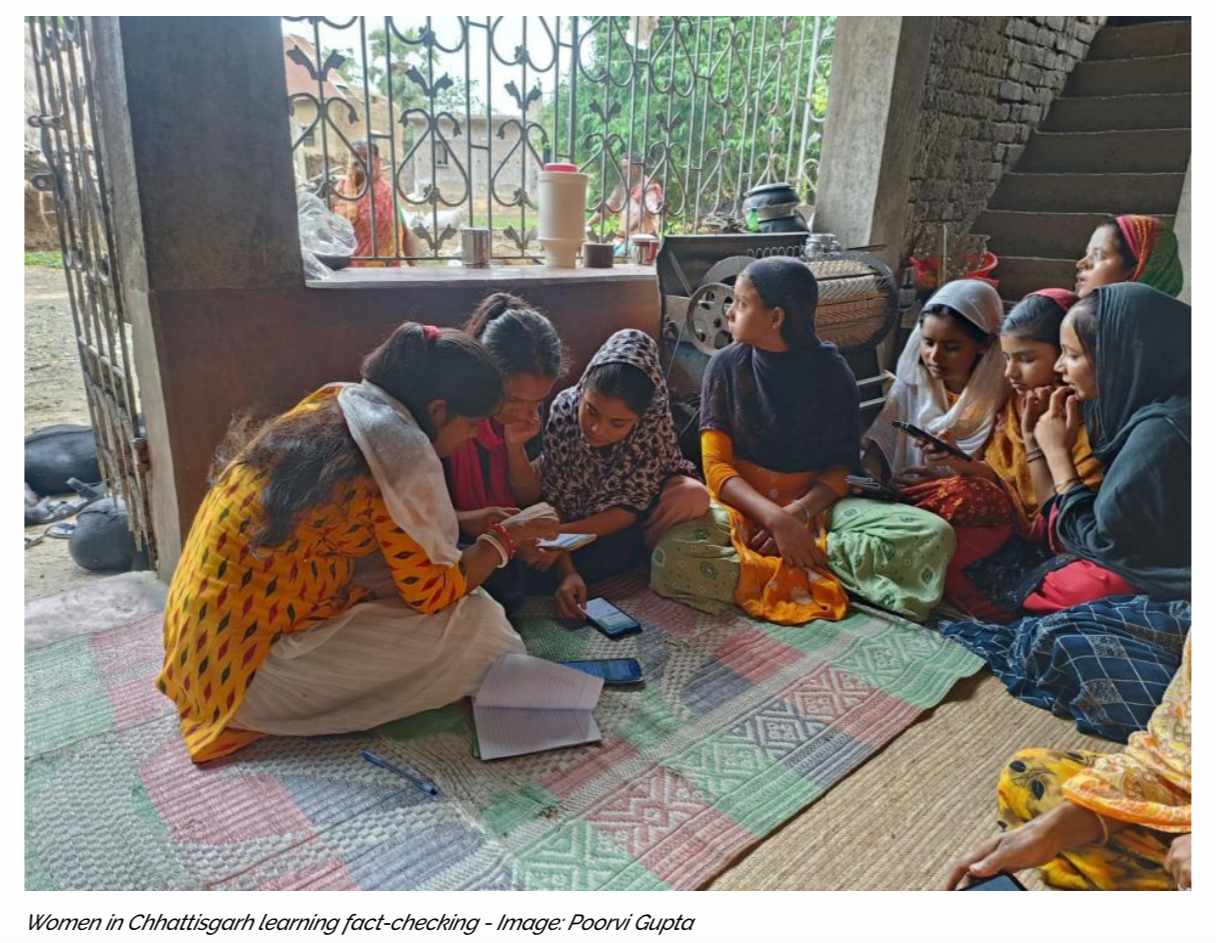
Near the end of November this year, the Niti Aayog released a report calculating the nation’s ‘multidimensional poverty index (MPI),’ and in the process, they expanded and redefined the term poverty beyond the usual monetary indicators. The NITI Aayog is the country’s primary policy think tank, an institution that had replaced and taken over the responsibilities of the decades-old Planning Commission of India. This index had been developed by the UNDP and the OPHI in 2010, but has since undergone some changes. According to the UNDP, the MPI-
… identifies multiple deprivations at the household and individual level in health, education and standard of living, the same three dimensions as the Human Development Index. It uses micro data from household surveys, and—unlike the Inequality-adjusted Human Development Index— all the indicators needed to construct the measure must come from the same survey. Each person in a given household is classified as multidimensionally poor or non-poor depending on the weighted number of deprivations his or her household, and thus, he or she experiences. These data are then aggregated into the national measure of poverty.
While the UN has been calculating the MPI for over a decade now, this report by the NITI Aayog is the first such statistic calculated by India. NITI Aayog’s index was calculated after looking into the deprivations in equal divisions of weightage in education (enrollment and years of schooling), health (nutrition and child mortality) and standard of living (water, sanitation, electricity, cooking fuel, housing, assets and having a bank account).
The report’s findings are not very surprising to many. This is mainly because it is not a huge deviation from the several other investigations and reports that have been published by many institutes, organisations and agencies for decades now. It calculates around 25 per cent of the country’s population to be multidimensionally poor, with northern states of Bihar, Jharkhand, Uttar Pradesh, Madhya Pradesh and Meghalaya topping the charts. On the other end and faring good are Kerala, Puducherry, Lakshadweep and Goa. Kottayam district in Kerala manages to get a 0.0% on the index, and several other districts in the state also have less than 0.5 per cent population considered multidimensionally poor.
Now, the NITI Aayog’s index is calculated based on data from 2015-16, when the National Family Health Survey (NFHS-4) was carried out. The institution and the think tank has been formed to replace the National Planning Commission in 2015, and their reason for their using the data is to set a baseline before the implementation of several schemes they deem important to attaining the UN goals, like the Pradhan Mantri Awas Yojana (PMAY), Jal Jeevan Mission (JJM), Swachh Bharat Mission (SBM), Pradhan Mantri Sahaj Bijli Har Ghar Yojana (Saubhagya), Pradhan Mantri Ujjwala Yojana (PMUY), Pradhan Mantri Jan Dhan Yojana (PMJDY), POSHAN Abhiyaan and Samagra Shiksha, among others.
Precisely because this data is only being released to the public in 2021, it will fall short of accounting for some immediate events, most notably the pandemic, the lockdown, and its impacts. Sadly but unsurprisingly, the 2015-16 NFHS-4 data seems to not just directly correlate but also forewarn the impact of a crisis like the pandemic. Neither the data nor the parameters for the index take into account the digital access or digital literacy of the families and individuals surveyed. The parameters do help show how severely underprepared the population was to face a pandemic. If the contribution of the deprivation of housing, assets, and electricity are to be looked at along with the contribution of education, one can reasonably assume how hard online education has hit the same.
Access and Divide
A study published by DataReportal earlier this year calculates an 8.2% increase of internet users between 2020 and 2021; the Sustainable Development Goals (SDG) report by the NITI Aayog finds that only a little over half the population has an internet connection. Even as several other reports project this number to reach 900 million by the end of the year, it is clearly evident how this number will fall short for the 1.38 billion people in the country. Talking to the online news media ThePrint, Internet Freedom Foundation’s (IFF) Jain mentioned that the SDG report might not give the full picture as multiple factors were not looked into.
“The teledensity in cities is a lot higher than in rural areas. Also, more men have access to the internet than women,” she pointed out. She also said that the divide between urban and rural India, when it came to accessing an internet connection, is another factor that has not been accounted for, just as it hasn’t accounted for the several internet shutdowns that happened in the country. The gendered nature of the disparities has also been pointed out by the Internet Freedom Foundation's (IFF) quarterly connectivity tracker. Except for three states and one union territory, less than 50 per cent of women have ever accessed the internet at least once. Connectivity in rural India is one-third of urban India.
Even as Kerala ranked the least in the poverty index, a report from June this year shows how over 9 lakh students still might not have access to digital devices, forcing the high court to intervene and ask the government to give "specific instructions as to the steps taken by the respondents to ensure that the petitioners are not sidelined by the digital divide, and they are also able to pursue education like other children who have access to such gadgets."
A report by the NewsMinute on online learning access in Idukki, Kerala (Idukki is one of the lesser performing districts in the state in terms of MPI):
All these above reports are from Kerala, which performed the best in NITI Aayog’s Poverty Index and had several media, organisations and individuals working to expose the digital divide and the lapses in the state’s decision to enforce online learning. The same figures for seven larger states show a different picture. Close to 40% of schoolchildren do not have access to digital devices. Even Delhi, as The Hindu reported, only had 25 per cent kids having access to online education.
Despite increasing connectivity (up by around 40 per cent), issues with digital access are extensive. As per a report in The Hindu from this November, “only 20% of school-age children in India had access to remote education during the pandemic, of whom only half participated in live online lessons,” and “38% of households said at least one child had dropped out of school completely” during the pandemic. There is as good as a proportional correlation between the MPI and the digital access both as per the SDG report and the newer reported surveys.
While the parameters included for the MPI have been considered after lots of research and inputs, there have been some critiques and suggestions that look into expanding the criteria. Universal and affordable internet access is part of the previously mentioned sustainable development goals agenda. A research paper published in the University of Oxford’s ‘Oxford Poverty & Human Development Initiative (OPHI)’ suggests adding internet access along with electricity to introduce a Moderate MPI, to ‘measure sustainable pathways out of poverty.’
The full research paper can be accessed here:

An empirical study done by Yang (et al.) looks into how mobile internet usage has helped reduce the multidimensional poverty index in rural China. His study concludes that “being a mobile Internet user results in fewer deprived dimensions than non-user counterparts,” and will be effective if “supported by various skills, relatively higher education level, and complementary investments in human capital.” Their research can be accessed from Springer here.

Now, this is something that DEF has been fundamentally all about, and for which we had been working for years now. Policies must be reframed to include digital access as a basic right.
Digital Daan, a crowdsourced initiative supported by DEF is helping children access online education.
DEF also works with the migrant worker population, providing them with a digital skilling program.
On the morning of December 5th, thirteen civilians were shot dead by the Indian Army in Nagaland, 'mistaking them for militants.'
Following the killings, there have been assurances from the centre that an independent probe will be conducted. However nearby villagers have taken to protest against the killings. As protests arose, the government has again shut down internet and SMS services in the area.
This is one of the many such shutdowns happening in the country. With data from the watchdog internetshutdowns, The Federal reports on why India should be renamed the Internet shutdown capital.
Only a week ago, internet services were shut down yet again in Srinagar following an 'encounter'.
Speaking at the India Internet Governance Forum (IIGF) 2021, IT minister Ashwini Vaishnav hinted at upcoming policies and bills, by saying that there must be clear definitions on the 'responsibility for the content being put out on social media platforms.' He also called for a "fundamental rethink of the entire governance structure of the internet."
This must be read in relation to some particular clauses of concern in the Personal Data Protection Bill which is to be tabled in the winter session of the parliament this year, but a detailed analysis will be done soon. Critics say the bill crosses a fine line of privacy to attempt to control the content in social media platforms.
And for an update on the ongoing Pegasus surveillance row, the government clarified to the parliament that it has no intentions of banning the NSO group which is behind the software.
In other news from the surveillance state, a report from Al Jazeera on how the government continues to silence dissent with censorship.
Meanwhile, as WhatsApp rolls out its in-app UPI payment feature, the meta (previously Facebook) owned app won approval to double the number of users on its payments service past the 20 million cap previously set by the NCPI.
As Facebook and Google fight for dominance over the online payments space, an interesting report confirmed what many had predicted for long: the age of classified advertising is long gone, and has been replaced by the digital. Facebook and Google's ad revenue from India (at Rs 23,213 Cr) is more than twice that of the top ten traditional media companies taken together (Rs 8,396 Cr).
In other news, a Delhi court has said last week that witnesses cannot be issued summons through notices sent in WhatsApp. But for a break from the more serious news, the Unicode Consortium has come out with data on the most-used emojis of the year. The tears of joy face and the classic red heart topped the list again.
Take a look at the 52 Parindey Fellowship, which is also supported by the Digital Empowerment Foundation.
The last issue of The Digital Nukkad was dedicated to tracing the growth of community networks in India and the rest of South Asia. On 15, 23 and 27th November, Community Network Exchange Asia Pacific 2021 – Community Networks for Social Good was organised. A brief of what happened:
Also, in the India Development Review’s podcast, On The Contrary, DEF founder-director Osama Manzar talks on ‘Technology: Democratising or Dividing?’ with Kiran Karnik, the former director of NASSCOM, a member of the Scientific Advisory Council to the Prime Minister, an honorary chairman of the National Foundation of India, and the president of India Habitat Centre. Follow this link to listen to the podcast.
In an opinion piece for the Inter Press Service, Osama Manzar looks into what went wrong during India's COVID response. The link can be found in this tweet:
"Connectivity now needs to be more qualitative than quantitative. Internet connectivity needs to be contextualised for the purpose, just connectivity is not enough," says Osama Manzar at a session in the IIGF 2021.
And finally, DEF will be represented by Osama Manzar in this upcoming session of the Internet Governance Forum 2021.











/cloudfront-us-east-2.images.arcpublishing.com/reuters/H5ILKGXFBFPYHML2Q5FS6LOWUM.jpg)





















 might be?](https://sk0.blr1.cdn.digitaloceanspaces.com/sites/1394/posts/714526/dbc8de4c-5c50-411f-aba0-55cfb74a692d.jpeg)

Write a comment ...